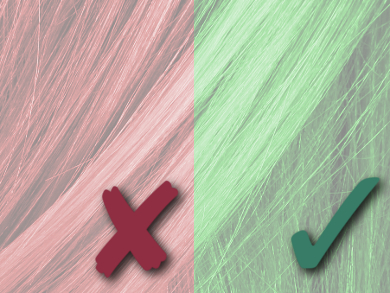Hair analysis is an established method for detecting chronic drug abuse, but it is difficult to distinguish between systemic exposure and external contamination. Eva Cuypers, Katholieke Universiteit Leuven, The Netherlands, and colleagues used metal-assisted secondary ion mass spectrometry (MetA-SIMS) to show directly for the first time the difference between cocaine incorporated into the hair due to drug abuse and external cocaine contaminants.
The researchers analyzed hair samples using matrix-assisted laser desorption/ionization mass spectrometry (MALDI-MS), MetA-SIMS, and conventional coupled liquid chromatography–mass spectrometry (LC-MS/MS). They found that water and methanol washes spread external contaminants from the cuticle edges to the entire cuticle, but washing does not spread cocaine incorporated within the hair. MetA-SIMS images of unwashed hair showed external contamination only in the hair cuticle, but in drug users, cocaine was present throughout the hair. Washing the hair causes cocaine contaminants to migrate into the cortex and medulla, making them indistinguishable from incorporated cocaine.
These results call the current practice of washing the hair prior to analysis into question. The team also found that the detection limit for MALDI is not sufficiently low to make it an efficient means of forensic hair analysis and that LC-MS/MS analysis detected contaminants that could produce false positives.
- Consequences of Decontamination Procedures in Forensic Hair Analysis Using Metal-Assisted Secondary Ion Mass Spectrometry Analysis,
Eva Cuypers, Bryn Flinders, Carolien M. Boone, Ingrid J. Bosman, Klaas J. Lusthof, Arian C. Van Asten, Jan Tytgat, Ron M. A. Heeren,
Anal. Chem. 2016.
DOI: 10.1021/acs.analchem.5b03979




